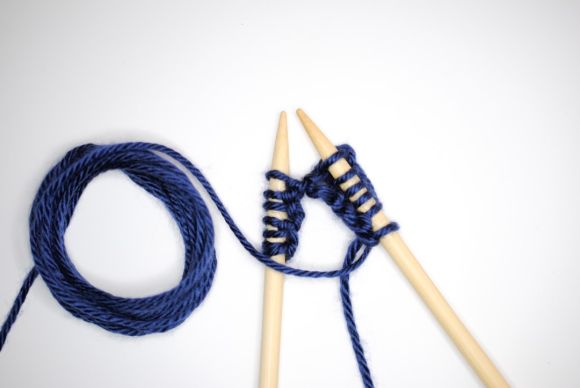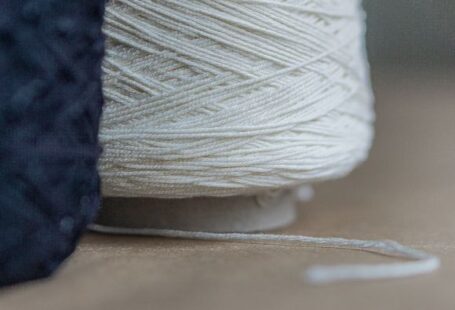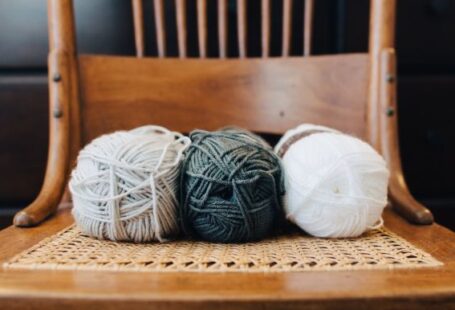Wool yarn is a popular choice for knitting projects due to its versatility, warmth, and durability. Whether you’re a seasoned knitter or just starting out, it’s important to properly care for your wool yarn to ensure that your knits last for years to come. In this article, we will discuss some tips and techniques for caring for your wool yarn.
Understanding Wool Yarn
Before delving into the care tips, it’s important to understand the characteristics of wool yarn. Wool is a natural fiber that comes from sheep, and it has unique properties that make it an ideal choice for knitting. Wool is known for its insulation properties, meaning it keeps you warm in cold weather and cool in warm weather. It also has natural elasticity, which allows your knitted garments to stretch and retain their shape.
Proper Storage
To ensure the longevity of your wool yarn, proper storage is essential. Wool is susceptible to moths, which can damage the fibers. To prevent moth infestations, store your yarn in airtight containers or sealed bags. You can also add cedar chips or lavender sachets to deter moths.
Avoid Sunlight and Heat
Exposure to sunlight and heat can cause wool yarn to fade and lose its shape. When storing your knitted items, keep them away from direct sunlight and heat sources such as radiators or heaters. If you need to dry your knits, lay them flat on a clean towel in a shaded area.
Gentle Washing
When it comes to washing your wool yarn, gentle is the key. Wool is a delicate fiber that can easily be damaged by harsh detergents or rough handling. To wash your wool knits, fill a basin with lukewarm water and add a mild detergent specifically designed for wool. Gently agitate the water to create suds, then submerge your knits and let them soak for about 15 minutes. Avoid wringing or twisting the knits, as this can cause them to lose their shape. Instead, gently press out the excess water and lay them flat to dry.
Blocking
Blocking is a technique used to shape and size your knitted items. To block your wool knits, fill a basin with lukewarm water and add a small amount of wool wash. Submerge your knits in the water and let them soak for about 15 minutes. Gently squeeze out the water and lay your knits on a clean towel. Shape your knits to the desired size and let them dry completely. Blocking helps to even out stitches and give your knits a professional finish.
Pilling
Pilling, or the formation of small balls of fiber on the surface of your knitted items, is a common issue with wool yarn. To prevent pilling, avoid wearing your knits in high-friction areas such as under backpack straps or seat belts. You can also use a sweater stone or a fabric shaver to remove any pills that may have formed.
Moth Prevention
As mentioned earlier, moths can be a problem when it comes to wool yarn. To prevent moth infestations, regularly inspect your yarn and knitted items for signs of moths or larvae. If you notice any, immediately isolate the affected items and wash them in hot water to kill the moths. You can also freeze your yarn or knitted items for a few days to kill any eggs or larvae.
Conclusion: Long-Lasting Knits
Caring for your wool yarn is essential to ensure that your knitted items last for years to come. By following these tips and techniques, you can keep your wool yarn in excellent condition and enjoy your hand-knit creations for a long time. Proper storage, gentle washing, blocking, and preventative measures against moths will help you maintain the beauty and functionality of your wool knits. So grab your needles and yarn, and start creating beautiful woolen pieces that will stand the test of time.





